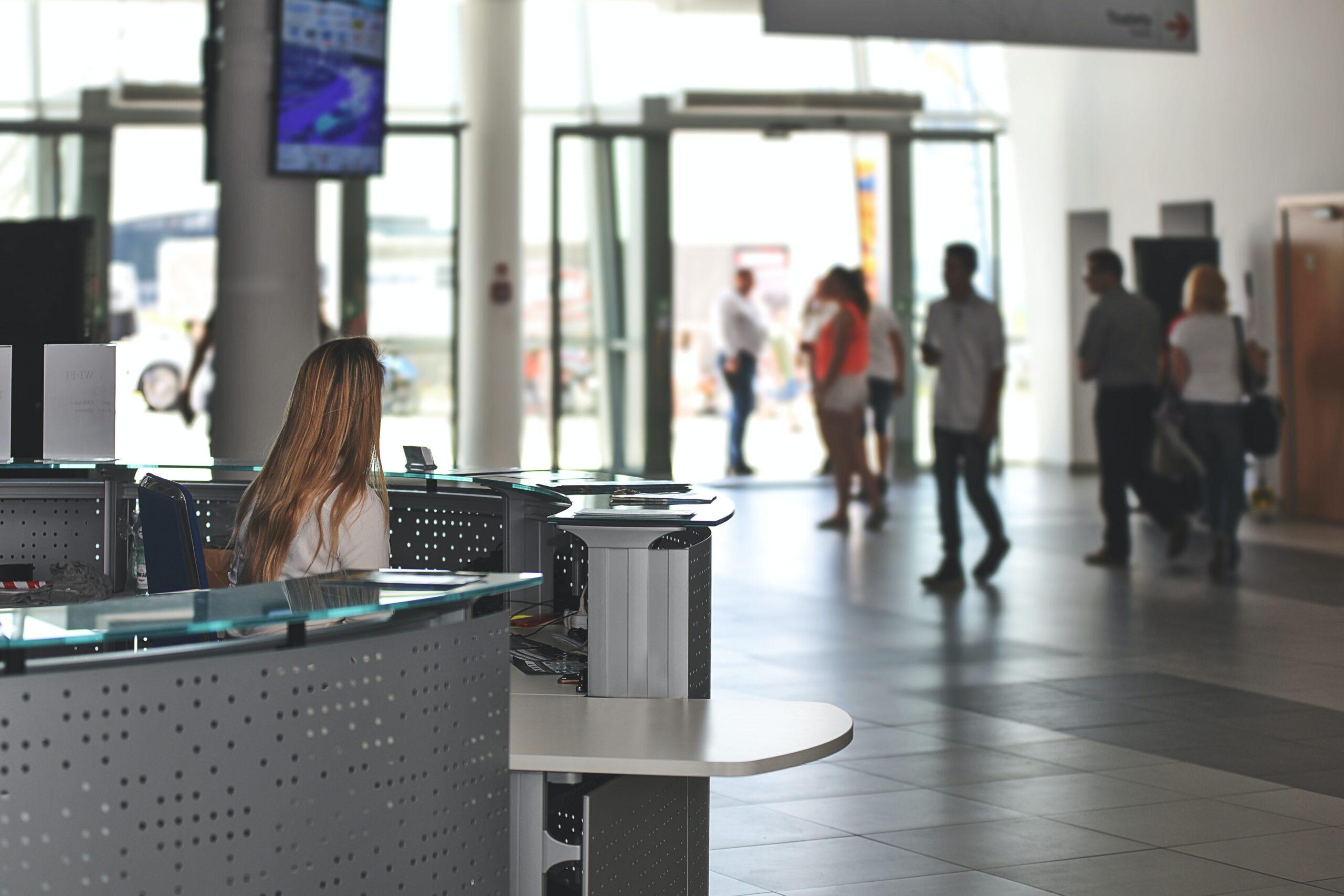
How Landlords Are Reimagining Office Spaces to Support Today’s Employers
As we’ve covered extensively before, the entire commercial real estate industry — and office space, in particular — has been thrown into a state of reassessment and redirection in light of the changes in how and where we work. Landlords are being forced to rethink how to most effectively utilize their spaces in order to stay afloat in these uncertain economic times.
From revolutionizing office design to create spaces that welcome workers with living room-like surroundings to accommodating the different ways people go about their workdays (dedicated space for distraction-free work, communal areas for socializing, easy access to the outdoors), property owners, developers, managers, and investors are making valiant efforts to bring organizations and their employees back.
Exhausting every resource available, landlords are even decreasing traditional tenant term lengths (most commonly lasting 5-10 years) to attract and retain occupants in a volatile rental market.
The Continuing RTO Conundrum for Companies, Workers, and Landlords
By now we’re all familiar with the dilemma faced by employers of all sizes and sectors: How to bridge the gap between fulfilling their employees’ desire to remain remote or hybrid while meeting their own requirements for enhanced collaboration and connection and, yes, the proverbial putting of butts-in-seats.
We’ve described in detail why these return-to-office mandates many companies are implementing should instead be considered as magnets. Businesses need to provide employees with both a reason to be in an office setting (improved relationships, better face-to-face access to managers and mentors, decreased feelings of loneliness and isolation all among the business-critical reasons), as well as the flexibility and freedom of choice of when, where, and how they perform their jobs. Workers who have these considerations report higher productivity and engagement and their companies enjoy better talent attraction and retention, more innovation and healthier bottom lines.
Even so, with fewer employees in the office at one time, landlords are still facing long-term lease hurdles. The number of large office landlords defaulting on their loans is on the rise, further evidence that more developers believe that remote and hybrid work habits have permanently changed the office market, often leaving less-enterprising landlords in a lurch.
How Flex Spaces Offer a Solution
One fascinating commercial real estate trend we’re seeing is the evolving collaboration between landlords and coworking operators. As many long-term office leases are coming to a close in our post-pandemic world — and interest rates are climbing — landlords are looking for ways to keep tenants on the books and their vacancy rates down.
Meanwhile, corporations are looking to differentiate their real estate portfolios as the need for office space shifts. The common middle ground is the addition and availability of flexible workspaces as an attractive office space tenant option. And we’re seeing it in the data: The Instant Group’s recent Future of Flex report revealed that by 2025, 36% of landlords are incorporating their own flexible spaces; 17% are seeking a revenue-sharing partnership with a flexible office provider; and half of all landlords surveyed expect between 16% and 25% of their portfolios to be flex workspace to meet a growing need. The survey also shared that large companies are driving demand for flexible office space; the number of these businesses grew 29% globally from 2021 to 2022.
Property owners and management companies with empty space in their portfolio will see the benefit of this pivot from day one. Flexible office operators have the ability to quickly transform vacant space into a high-demand flexible workplace and bring in revenue immediately. It’s this dynamic idea of space-as-a-service (SpaaS) that meets companies, employees, and landlords where they are today.
The Preferred Option
Taking that synergistic concept one step further, Preferred is offering its clients the ability to access a standalone spec suite within a building that also hosts a coworking space on leases starting at 12 months and on very simple agreement terms. This arrangement drives income for the landlord right away. Creative partnerships between the landlord and coworking operator allow the landlord to fill empty space while the flex space operator generates revenue from service opportunities.
These staffed, serviced, and personalized suites offer everything a traditional office would, including professional in-person and virtual administrative staff; safe, supported and superfast internet and phone lines; customizable furniture packages to outfit workspaces; meeting and conference rooms; copy and printing equipment; and a coffee program with monthly supplies — all without the stress and restrictions of a long-term lease for the tenant company.
It’s the powerful combination of offering both conventional and hybrid-enabled work environments that make these arrangements truly flexible for everyone involved — the landlord, the flex office operator, and the end user (enterprise companies that demand adaptability and the ability to scale as well as their valued employees).
Organizations also get the benefit of one master contract and the desirable locations that Preferred Office Network is known for. We are committed to staying ahead of the curve when it comes to how commercial real estate is transforming and how we can help support our clients to help reimagine the world of work.
